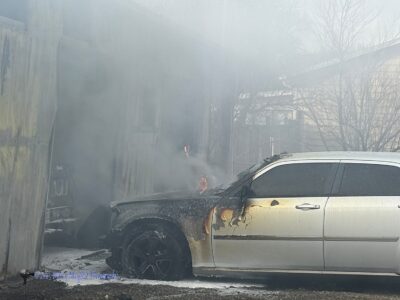Peak Parent Center presents comprehensive view of state and federal laws on students with disabilities
by Bill Knowles TRINIDAD — Speakers from the Peak Parent Center from Colorado Springs gave a two and a half hour presentation in Trinidad about both state and federal law on accommodating students with disabilities within the public school system.
TRINIDAD — Speakers from the Peak Parent Center from Colorado Springs gave a two and a half hour presentation in Trinidad about both state and federal law on accommodating students with disabilities within the public school system.
Many parents who have children with disabilities find the system established by law confusing and often times frightening. The seminar sought to address parents’ concerns.
“Every child in the U.S. is guaranteed an equal education under the law in the public system,” said Shirley Swope a parent advisor from Peak Parent Center.
The law is the Individuals with Disabilities Education Act (IDEA). This law requires schools to serve the educational needs of eligible students with disabilities ranging from autism to physical challenges. Under the law, schools must evaluate students suspected of having disabilities, including learning disabilities. However not every child with learning or attention issues qualifies for special education services under IDEA.
IDEA has been amended several times since it was first passed in 1975. The purpose of IDEA hasnʼt changed though. Its primary goals are to protect the rights of children with disabilities. It ensures students with disabilities have access to a free and appropriate public education just like all other children.
Schools are required to provide special education in the least restrictive environment. That means schools must teach students with disabilities in general education classrooms whenever possible. It also gives parents a voice in the education of their child. In rural Colorado, the organization called the Board of Cooperative Educational Services or BOCES would be the group providing the special education services used by most school districts.
“When a child is found to be having difficulties in school, they will undergo a response to intervention (RTI). The RTI is designed to provide academic and behavioral supports rather than waiting for a child to fail before offering help.” It is from the RTI that the individual education program is built.
Students determined to be at risk should undergo an RTI. They are found to be at risk if they are performing below grade level standards or have behavioral or emotional problems that might interfere with their learning.
The individualized education program (IEP) is developed from the RTI. The IEP is the tool, the map, that is used to realize the education of the student. The building of the IEP is a team activity involving parents, school administration, one regular education teacher, one special education teacher, and a person to explain evaluation results.
The IEP is a written document that is developed for each student who is eligible for special education. “It is truly an individualized document. It is a living document that can be changed if certain parts of it are found to not be working or as the student grows and matures.” said Swope
Usually within 30 days of completing the RTI evaluation, an IEP meeting is called and it is within that meeting the IEP is written determining the child’s needs and eligibility. The IEP will have a statement of realistic goals to be achieved by the IEP team. If any of those goals are not reached, the parents have a right to call for another meeting of the IEP team and reevaluate the document, adjusting it to better match the student’s needs.
For further information on RTI, IEP, or for a better understanding of IDEA, call the Peak Parent Center at 800-284-0251 or visit the website at www.peakparent.org.

Educators and parents learn value of the IEP
More from NewsMore posts in News »




